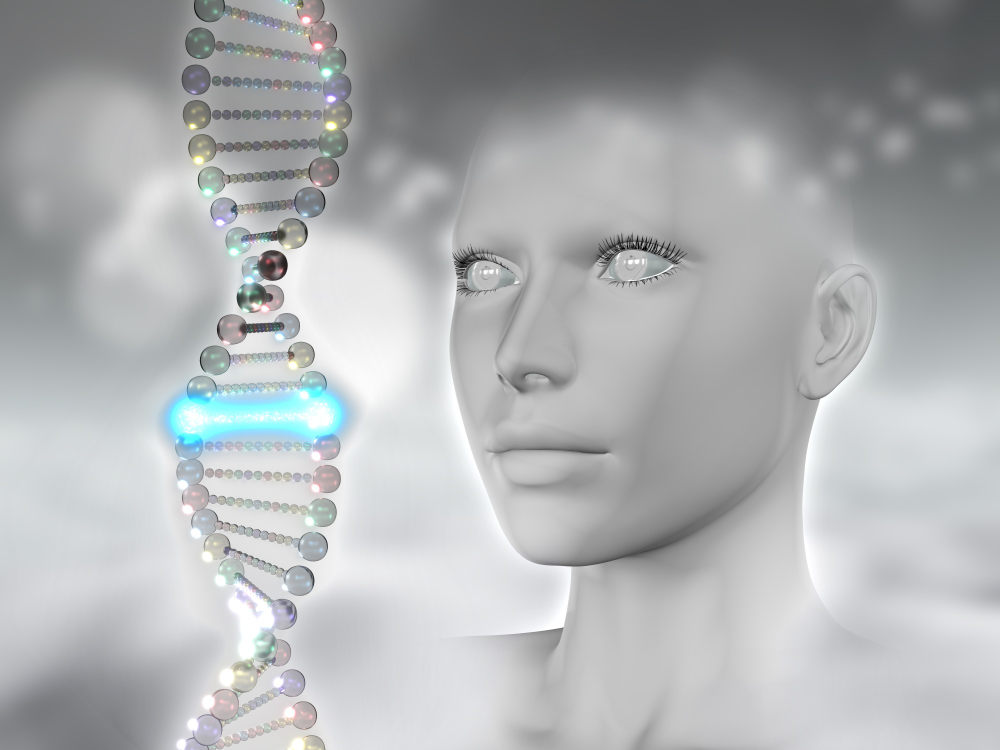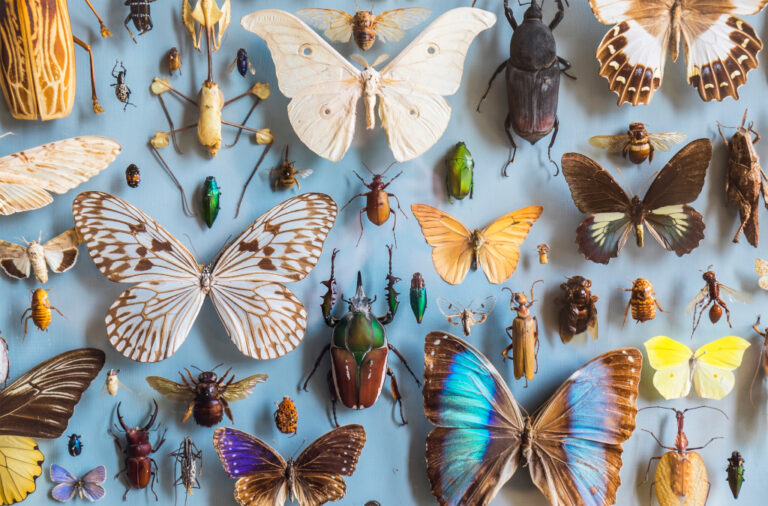Imagine being able to erase genetic diseases with a single edit. Or giving a child the genetic traits you’ve always dreamed of—higher intelligence, stronger immunity, even different eye color. It may sound like science fiction, but the idea of altering the human genome has become one of science’s most controversial frontiers.
So, if we have gene editing tools like CRISPR, why haven’t we started adding new genes to humans, especially to embryos that pass these changes to future generations?
Here’s the truth: We’re far from ready. And it’s not just because we can’t—it’s because right now, we shouldn’t.
The dream is powerful. The risks are bigger.
Gene-editing tools like CRISPR-Cas9 made headlines in the early 2010s because they offered something breathtakingly simple: the ability to cut and replace DNA with incredible precision. But when it comes to reproductive or germline editing—changing the genes passed on to offspring—everything gets complicated fast.
1. Accidental risks we can’t afford
Gene editing can go off track. Scientists call this “off-target effects”—when the DNA is snipped in the wrong place or altered unpredictably.
- Mosaicism: What if only some cells carry the change, resulting in a person with a mix of edited and unedited cells?
- Unintended mutations: Changing one gene may affect others, disrupting natural processes in ways we don’t yet understand.
One of the most infamous examples came in 2018, when Chinese scientist He Jiankui announced he had edited the genes of twin embryos to make them resistant to HIV. The backlash was intense—many researchers said the safety risks were too high, and there wasn’t enough evidence that the benefits outweighed the unknowns.
2. The ethics get murky fast
Even if we could edit genes safely, should we?
Editing the human germline means making permanent changes that will be passed down to all future generations. Those future children, and the children after them, have no say in whether their genes are altered. It raises questions like:
- Could it lead to a new kind of inequality between those who can afford enhancements and those who cannot?
- Would we open the door to “designer babies,” where appearance and intelligence are chosen like items on a menu?
- What happens to our ideas of identity, diversity, and even love if genes can be customized?
These aren’t just science questions—they’re deeply philosophical, and right now, our societies haven’t agreed on the answers.
3. Laws across the globe say “not yet”
Most countries ban or heavily restrict heritable genome editing. For example:
- In Europe, the Oviedo Convention prohibits any genome editing that would alter the genes of future generations.
- In the U.S., it’s not illegal, but government funding cannot be used for these kinds of embryo experiments intended for pregnancy.
Many of these laws were created to protect against a future where gene editing becomes reckless or leads to social harm.
4. The science just isn’t ready
Even if ethics and laws catch up, techniques like CRISPR still have limits:
- It’s difficult to make large, precise edits without unintended effects.
- Inserting completely new genes—like ones humans don’t naturally have—is risky and unpredictable.
Somatic gene therapy (which edits the DNA of non-reproductive cells) is much further along. It’s already being used for certain diseases, like sickle cell anemia and leukemia. But editing the human germline? That’s a mountain science hasn’t climbed safely yet.
The bottom line
We’re not modifying the human genome for reproductive purposes—not because the idea isn’t possible, but because it’s not safe, fair, or technically dependable right now.
The dream of preventing devastating diseases and improving human health will keep driving research forward. But if we rush toward rewriting the code of life without guarantees, we risk creating bigger problems than we solve.
For now, curiosity must be tempered with caution. The future of human genetics is calling—but we have to be ready before we answer.




Leave a Comment